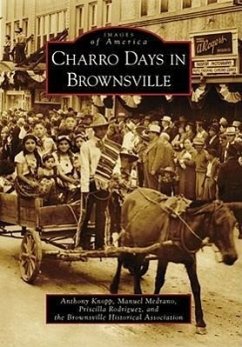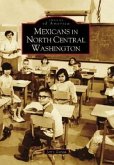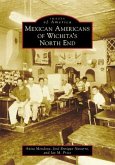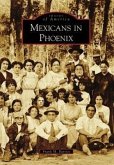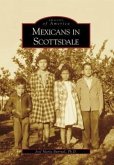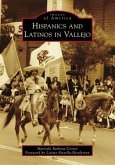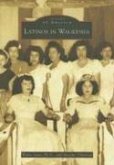Brownsville, Texas, was established in 1850 on the banks of the Rio Grande. Every February since 1938, this thriving community of nearly 200,000 has joined its Mexican neighbor, Matamoros, to celebrate their shared cultural heritage. Charro Days burst upon the Rio Grande Valley scene in the depths of the Depression, bringing dances, parades, fireworks, boat races, and a rodeo to a dispirited populace. The celebration achieved instant success, followed by national recognition in magazines, radio, and television. Renowned dance bands and celebrities increased the enjoyment of revelers dressed in Charro costumes. As time passed, Charro Days evolved with the addition of events such as the Mr. Amigo presentation, which recognizes an outstanding Mexican, and the Sombrero Fest, which attracts a large number of attendees with its diverse entertainment.
Hinweis: Dieser Artikel kann nur an eine deutsche Lieferadresse ausgeliefert werden.
Hinweis: Dieser Artikel kann nur an eine deutsche Lieferadresse ausgeliefert werden.

